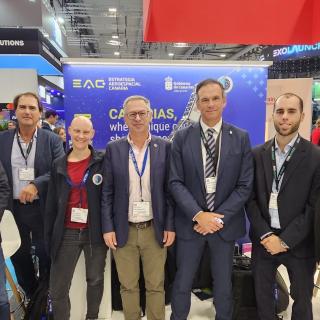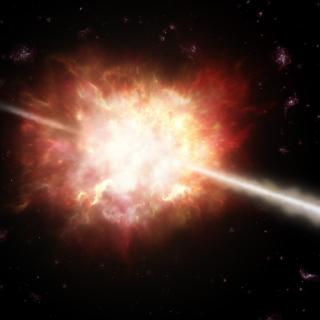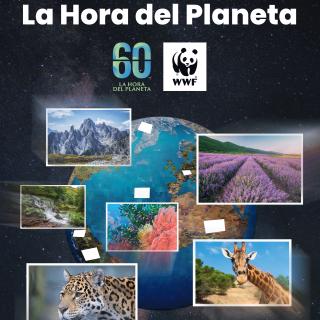It may interest you
-
 The Instituto de Astrofísica de Canarias (IAC), through IACTEC-Space, is participating this week in Space Tech Expo Europe, the largest space industry trade fair on the continent, held in Bremen from November 18 to 20. The team is located in the Spain Space pavilion, alongside the Canary Islands Aerospace Strategy (EAC), to showcase the technological developments of the CELESTE laboratories and strengthen international collaborations in the space sector. The I nstituto de Astrofísica de Canarias (IAC) is participating once again in Space Tech Expo Europe, the leading event for the spaceAdvertised on
The Instituto de Astrofísica de Canarias (IAC), through IACTEC-Space, is participating this week in Space Tech Expo Europe, the largest space industry trade fair on the continent, held in Bremen from November 18 to 20. The team is located in the Spain Space pavilion, alongside the Canary Islands Aerospace Strategy (EAC), to showcase the technological developments of the CELESTE laboratories and strengthen international collaborations in the space sector. The I nstituto de Astrofísica de Canarias (IAC) is participating once again in Space Tech Expo Europe, the leading event for the spaceAdvertised on -
 The international CTAO LST Collaboration , in which the Instituto de Astrofísica de Canarias (IAC) plays a prominent role, released remarkable findings from observations of GRB 221009A—the brightest gamma-ray burst (GRB) ever recorded. The results were published by the renowned journal The Astrophysical Journal Letters (ApJ Letters) . The publication presents in-depth observations conducted in 2022 with the Large-Sized Telescope (LST ) prototype, the LST-1, during its commissioning phase at the Roque de los Muchachos Observatory (ORM) on the CTAO-North site in La Palma, Spain. TheAdvertised on
The international CTAO LST Collaboration , in which the Instituto de Astrofísica de Canarias (IAC) plays a prominent role, released remarkable findings from observations of GRB 221009A—the brightest gamma-ray burst (GRB) ever recorded. The results were published by the renowned journal The Astrophysical Journal Letters (ApJ Letters) . The publication presents in-depth observations conducted in 2022 with the Large-Sized Telescope (LST ) prototype, the LST-1, during its commissioning phase at the Roque de los Muchachos Observatory (ORM) on the CTAO-North site in La Palma, Spain. TheAdvertised on -
 The Instituto de Astrofísica de Canarias (IAC) is joining the Earth Hour, a global movement that, once a year, reminds us that nature is the planet’s life support and highlights the environmental emergency that requires collective action.Advertised on
The Instituto de Astrofísica de Canarias (IAC) is joining the Earth Hour, a global movement that, once a year, reminds us that nature is the planet’s life support and highlights the environmental emergency that requires collective action.Advertised on